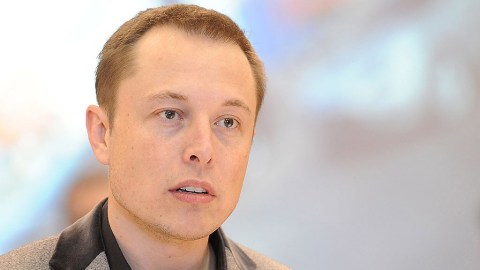Will the Hyperloop Change How We Commute?

Freedom seems to be the new word of the day when it comes to employment. With 30 percent of the U.S. workforce now freelancing, the old 9-to-5 work schedule could be losing its dominance. Remote work situations give employees and contractors the ability to live where they want and control their own schedule. However, there’s also clearly challenges with data security and management that come with a dispersed workforce.
What if people had some of the benefits of remote work, such as much greater leeway in where they lived, but were still able to come into a central office most of the time?
It’s hard to imagine, but a company called Hyperloop Technologies is now moving into a testing phase of a shuttle system that could allow people to do just that. The system, which has been hailed by Tesla investor Elon Musk, could allow people to travel the distance of San Francisco to Seattle in less than an hour. At full speed, the Hyperloop is envisioned to be able to travel at a mind-boggling 750 miles per hour or faster. If all goes well, testing will soon begin in Las Vegas after a short test track is built.
Musk is so passionate about the idea of the Hyperloop that he’s also supporting a separate company called Hyperloop Transportation Technologies, which plans to test a version of the same product in Los Angeles. Both companies’ product would rely on the same principle: transportation through a partial vacuum as a means of reducing aerodynamic drag. Magnetics and electronic motors would also play a role in creating this speedy transport system.
However, the Hyperloop does come with some potential downsides. Given its multi-billion dollar price tag to develop, some wonder whether the technology could ever be cost-effective enough to be used by more than just an elite few. The construction of miles of vacuum-sealed tubes over earthquake territory is another stated concern. Additionally, the ride itself might not be all that pleasant, since the tube needs to be as small as possible to save costs.
Still, we’re curious about how the Hyperloop technology will develop over the coming years. The “cool” factor alone is enough to pique our imaginations and get us thinking about an alternate future.
Image Credit: ROBYN BECK / Staff via Getty Images
**
Stefani is a writer and urban planner based in Oakland, CA. She holds a master’s in City and Regional Planning from UC Berkeley and a bachelor’s in Human Biology from Stanford University. In her free time, she is often found reading diverse literature, writing stories, or enjoying the outdoors. Follow her on Twitter: @stefanicox





